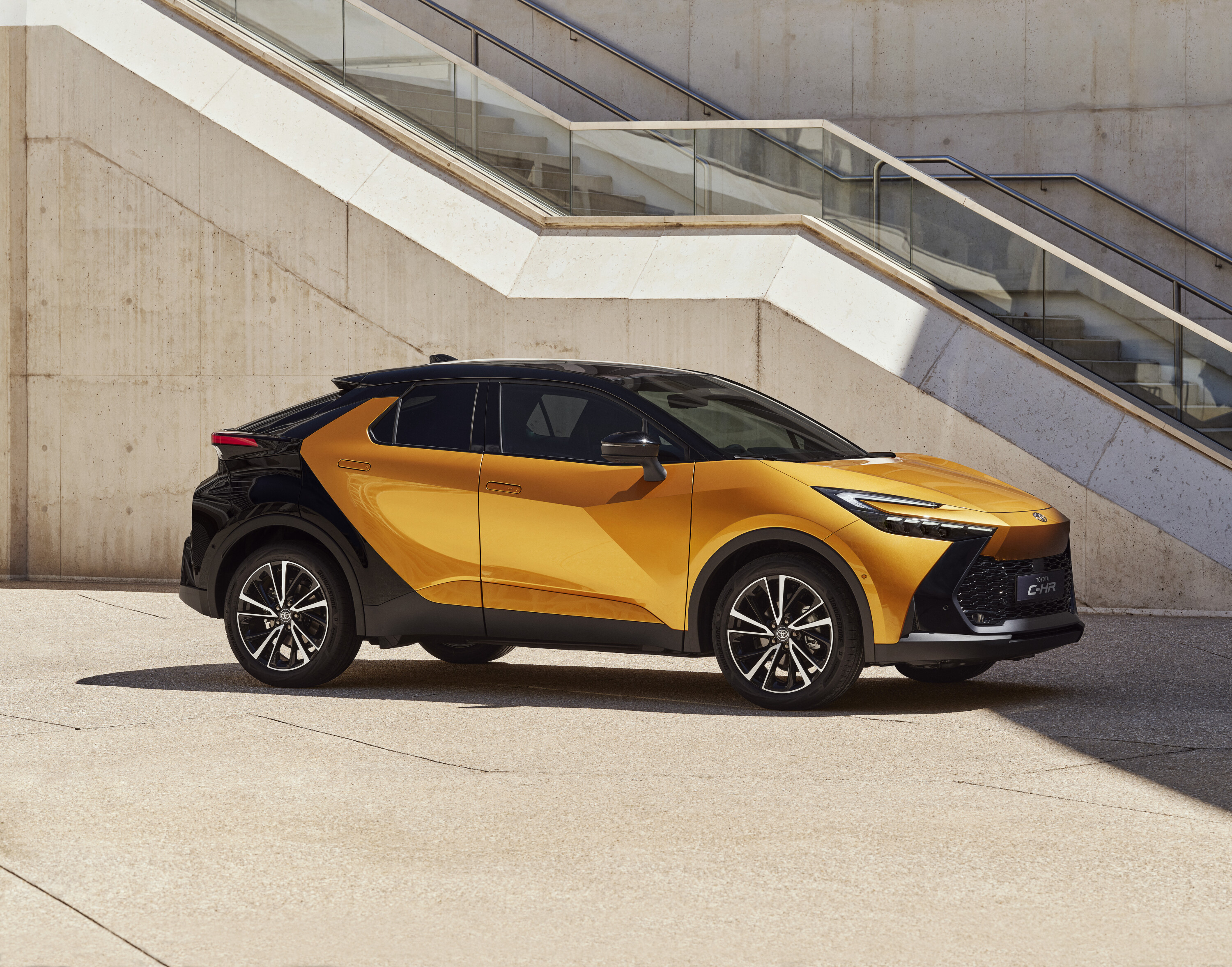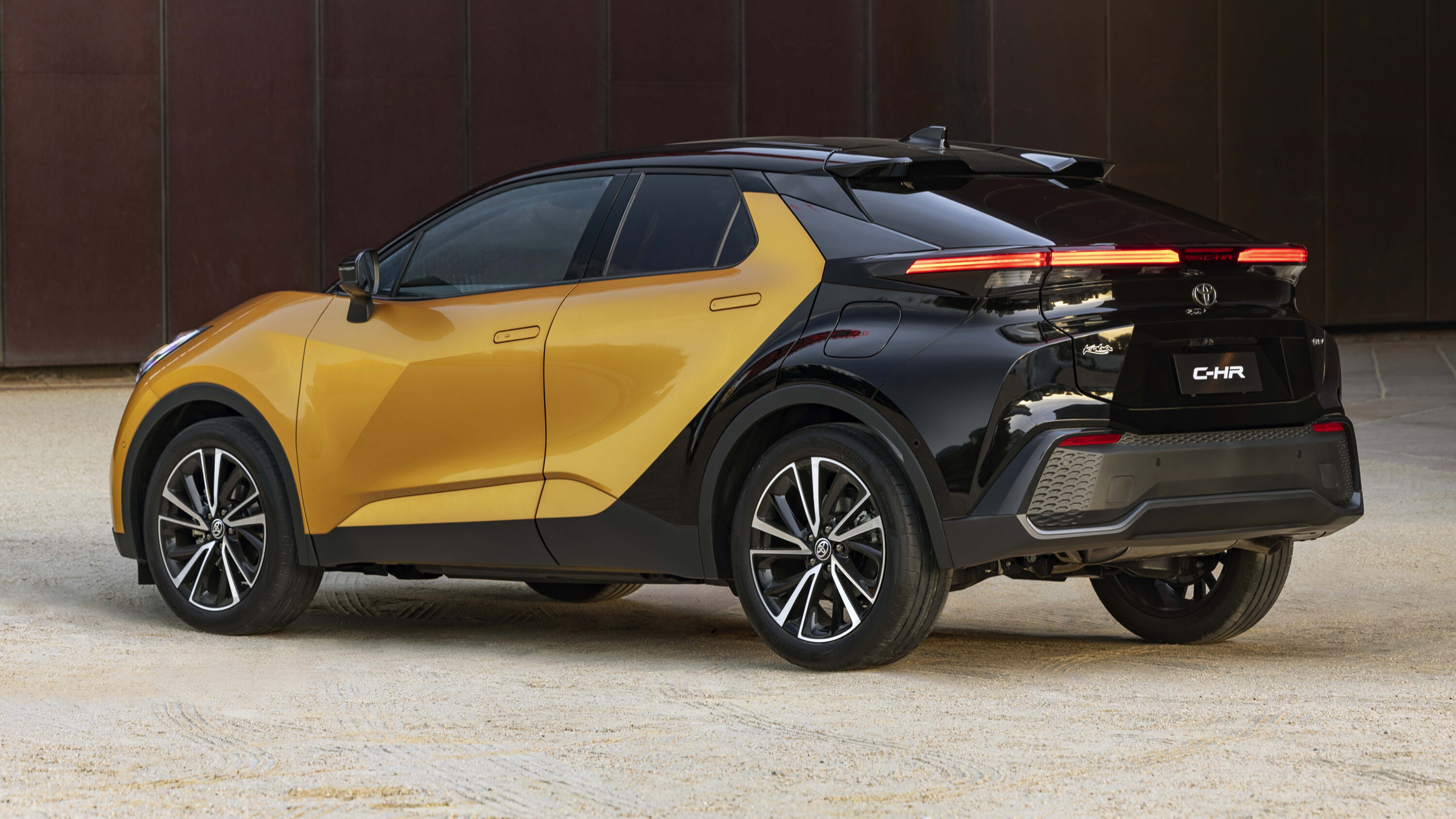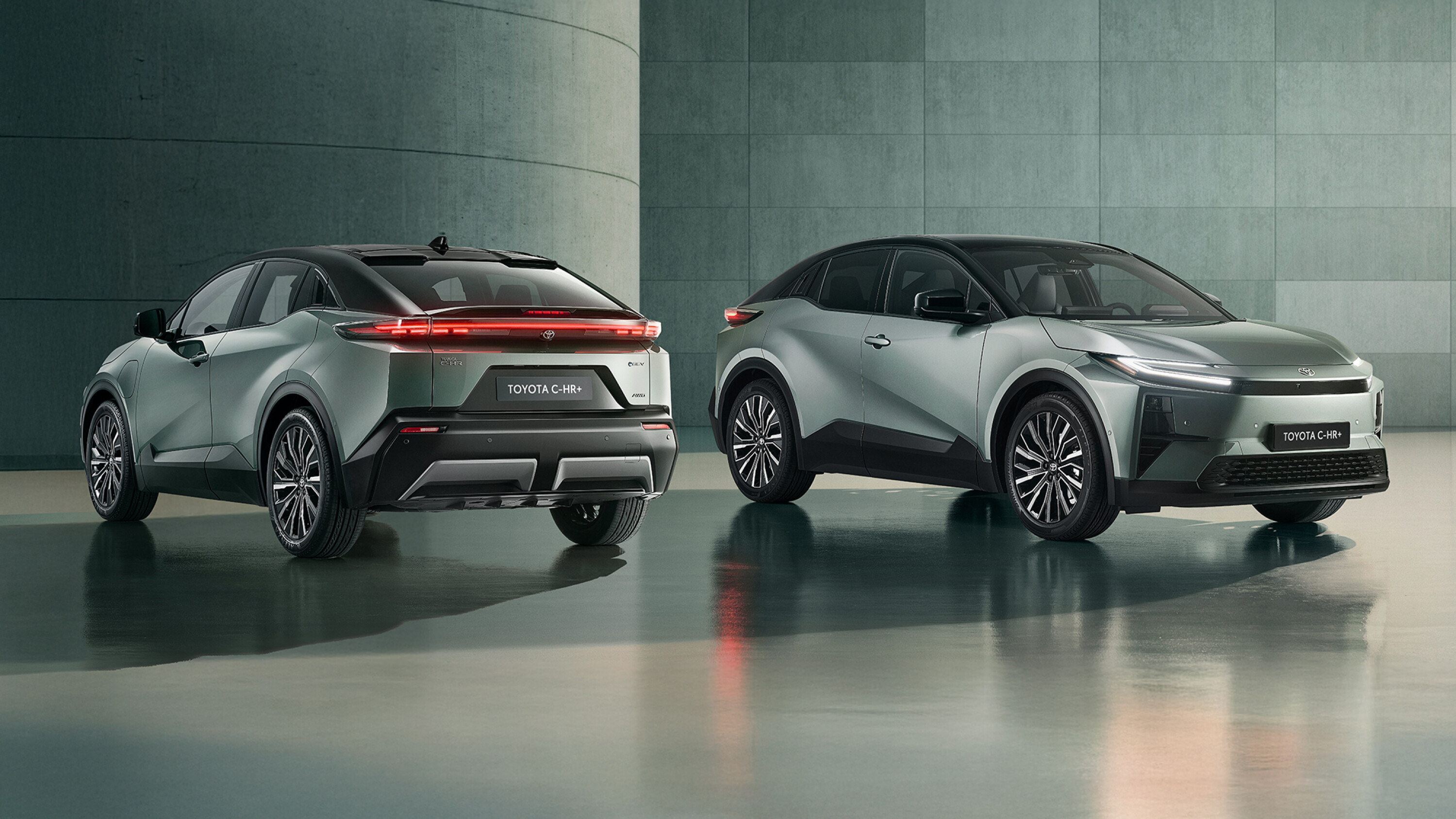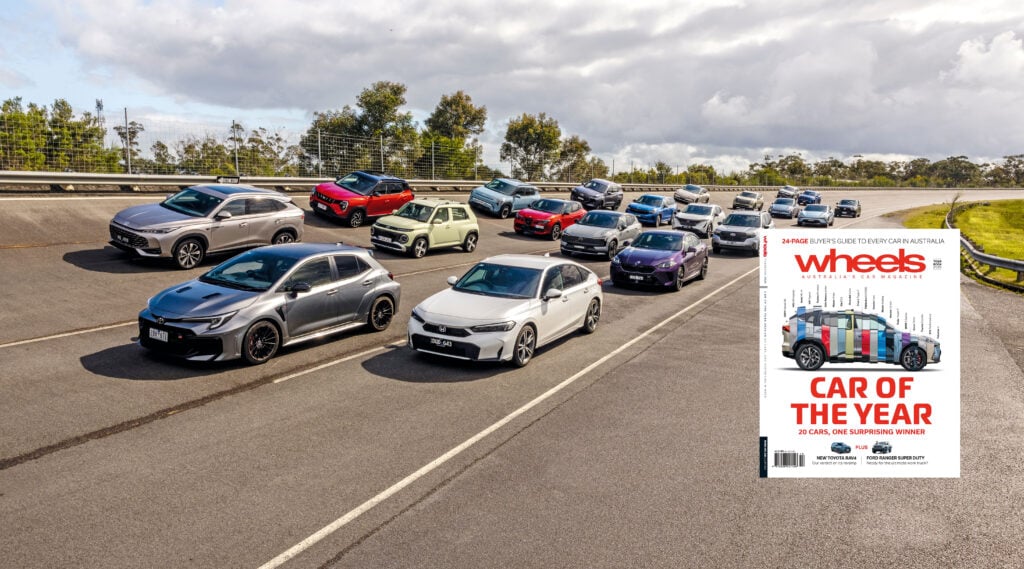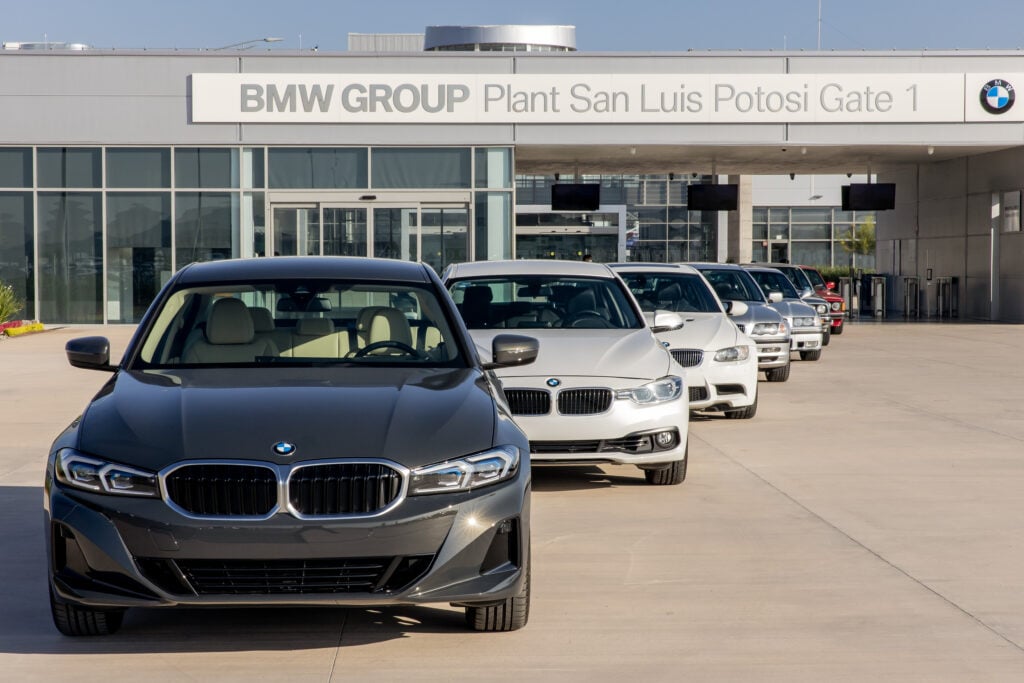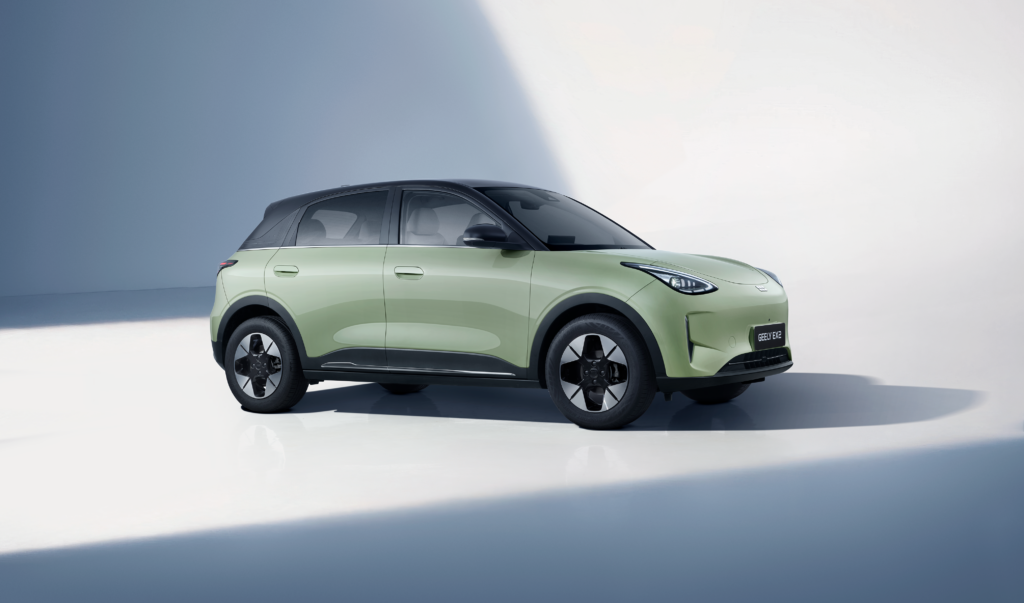It has been a little over two years since Toyota’s new CEO Koji Sato promised to ramp up the company’s EV plans.
Following last year’s new Urban Cruiser, the C-HR+ is our latest glimpse at how the plan is going.
Snapshot
- Electric C-HR+ debuts with up to 600km range
- AWD model delivers potent 252kW performance
- Australia not confirmed, but very likely in the plan
Revealed today for the European market, the electric C-HR+ is largely unrelated to the C-HR with which it shares 80% of its name.
Indeed, the C-HR+ is not only distinguished from the C-HR by its coupe-like roofline, distinct front to rear styling and overall bigger proportions, but it’s also an entirely different machine beneath the skin.
Peel back the C-HR+’s sheet metal and you’ll find it packs more of the BZ4x EV‘s gear than anything else, making it an important new companion to that larger and more family-oriented model.
MINI MATCH-UP: BZ4x vs C-HR vs C-HR+
| BZ4x | C-HR+ | C-HR | |
|---|---|---|---|
| Wheelbase | 2850mm | 2750mm | 2640mm |
| Length | 4690mm | 4520mm | 4360mm |
| Width | 1860mm | 1870mm | 1830mm |
| Height | 1650mm | 1595mm | 1558-1564mm |
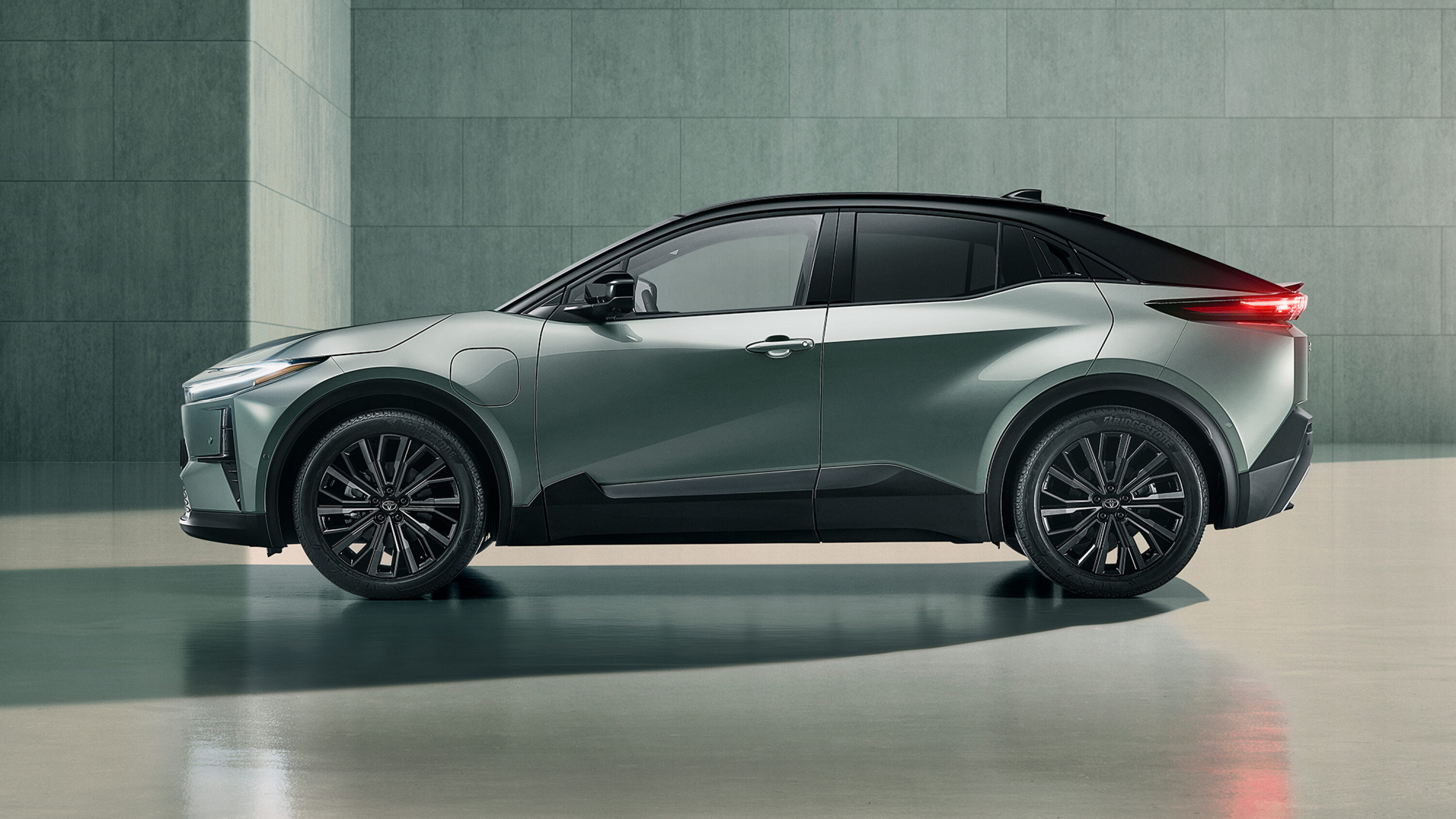
If the C-HR+ look familiar, it’s because our first look came back in late 2022 with the BZ Compact SUV concept.
Toyota has unveiled other similarly styled models in the time since, in the form of the BZ3C and BZ3X. Those models are only expected to be offered in China, although we could see versions launch in the west over the coming years.
We also saw a BZ2X concept unveiled in late 2023 as a more compact model that debuted in December as the new Urban Cruiser (below), representing a rival to the Hyundai Kona EV and the newly launched Kia EV3. (If only the Urban Cruiser were as cool as the 2021 Compact Cruiser concept…)
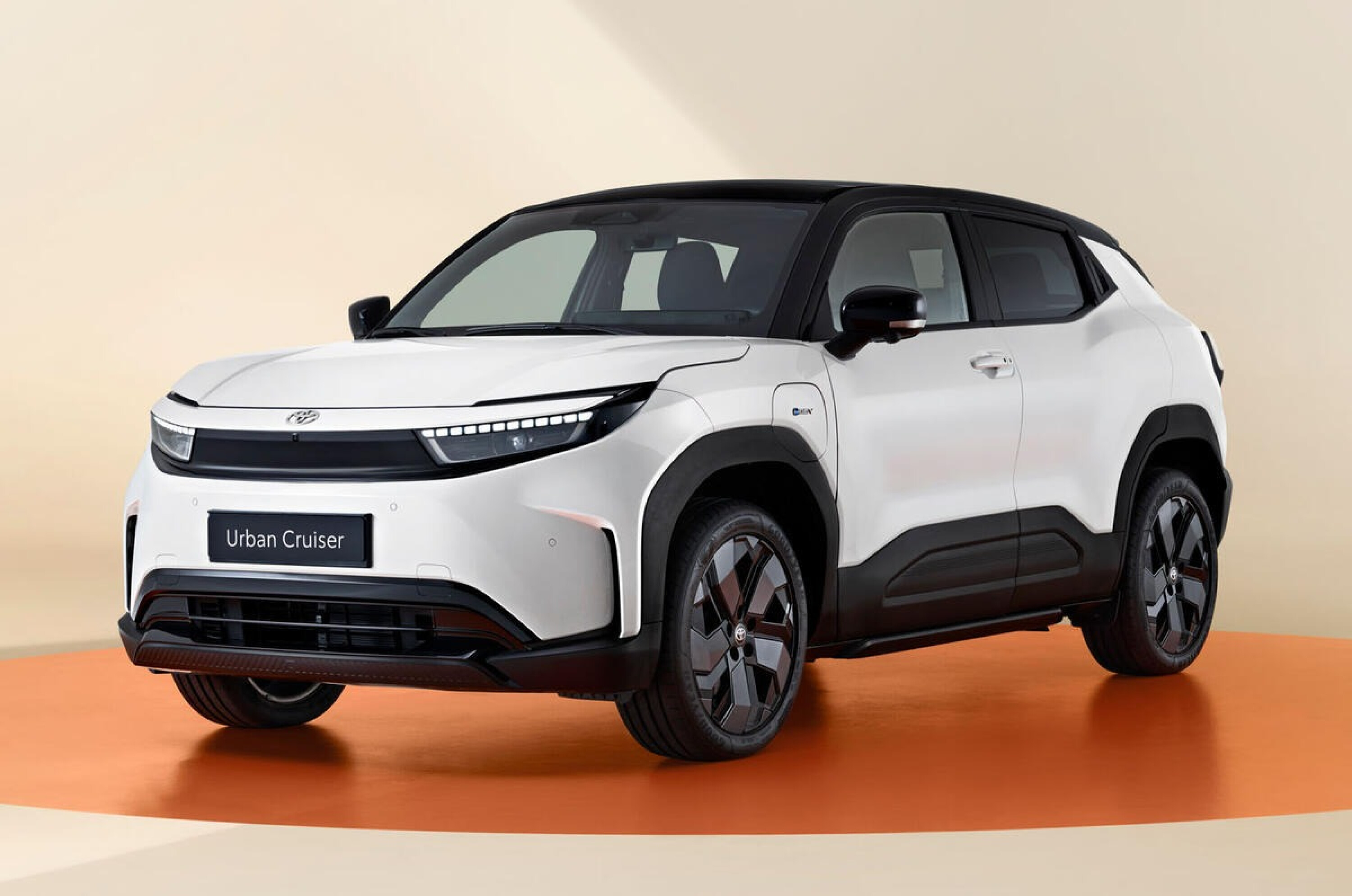
Apart from their styling, the common theme to these models and concepts had been in their name: BZ (styled bZ), which stands for ‘Beyond Zero’.
It was announced in 2021 as Toyota’s EV-specific line, but a generally poor market reception to the confusing ‘BZ4X’ (styled bZ4X) name has brought us to here.
‘Here’ being the reborn Urban Cruiser name and a ‘C-HR’ that shares little to nothing with the C-HR, but we can call it progress.
Speaking with the UK’s Autocar, Toyota Europe marketing boss Andrea Carlucci said the return to more conventional-ish names is the result of “a clear request from Europe that was very much heard and followed by Japan.”
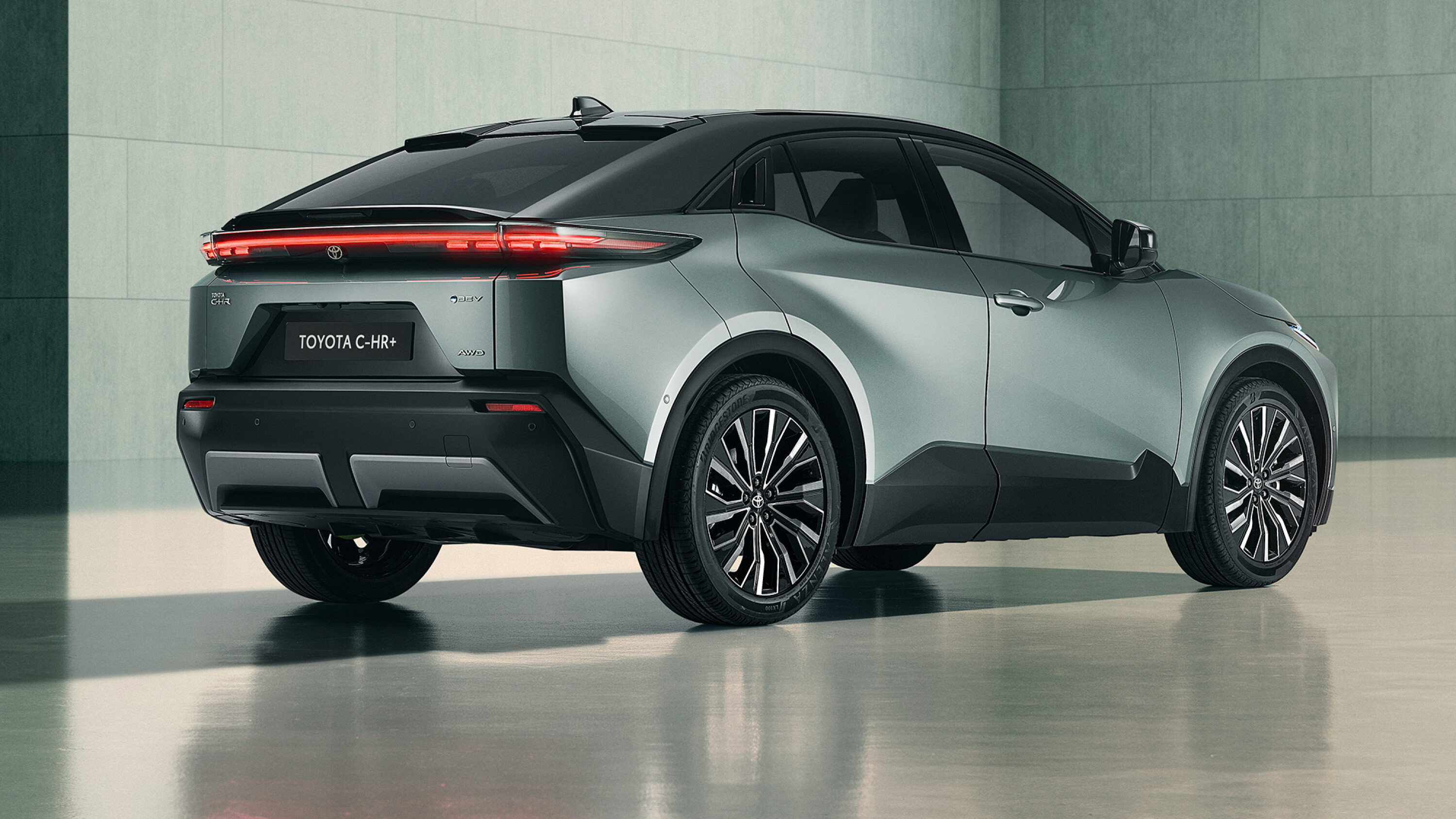
The C-HR+ will go on sale in Europe later this year, with both front- and all-wheel-drive models and two battery options for competitive pricing.
And, like the related BZ4X, the C-HR+ supports up to 150kW DC fast charging.
C-HR+ FWD basics
- Standard Range: 57.7kWh battery, 455km range, 123kW, 8.6sec 0-100km/h
- Long Range: 77kWh battery, 600km range, 165kW, 7.4sec 0-100km/h
C-HR+ AWD basics
- AWD: 77kWh battery, 525km range, 252kW, 5.2sec 0-100km/h
For those keeping score, the C-HR+ AWD represents Toyota’s most powerful model in Europe that doesn’t wear a GR badge – but that would likely be one worth waiting for, if it comes.
Toyota’s decision to use the C-HR nameplate for its EV aims to simplify its model lineup and reduce customer confusion.
As Toyota Europe’s marketing and product development director, Andrea Carlucci, explained, “We wanted to rationalise this,” seeking to “avoid this inflation of nameplates for the simplicity of the consumer.”
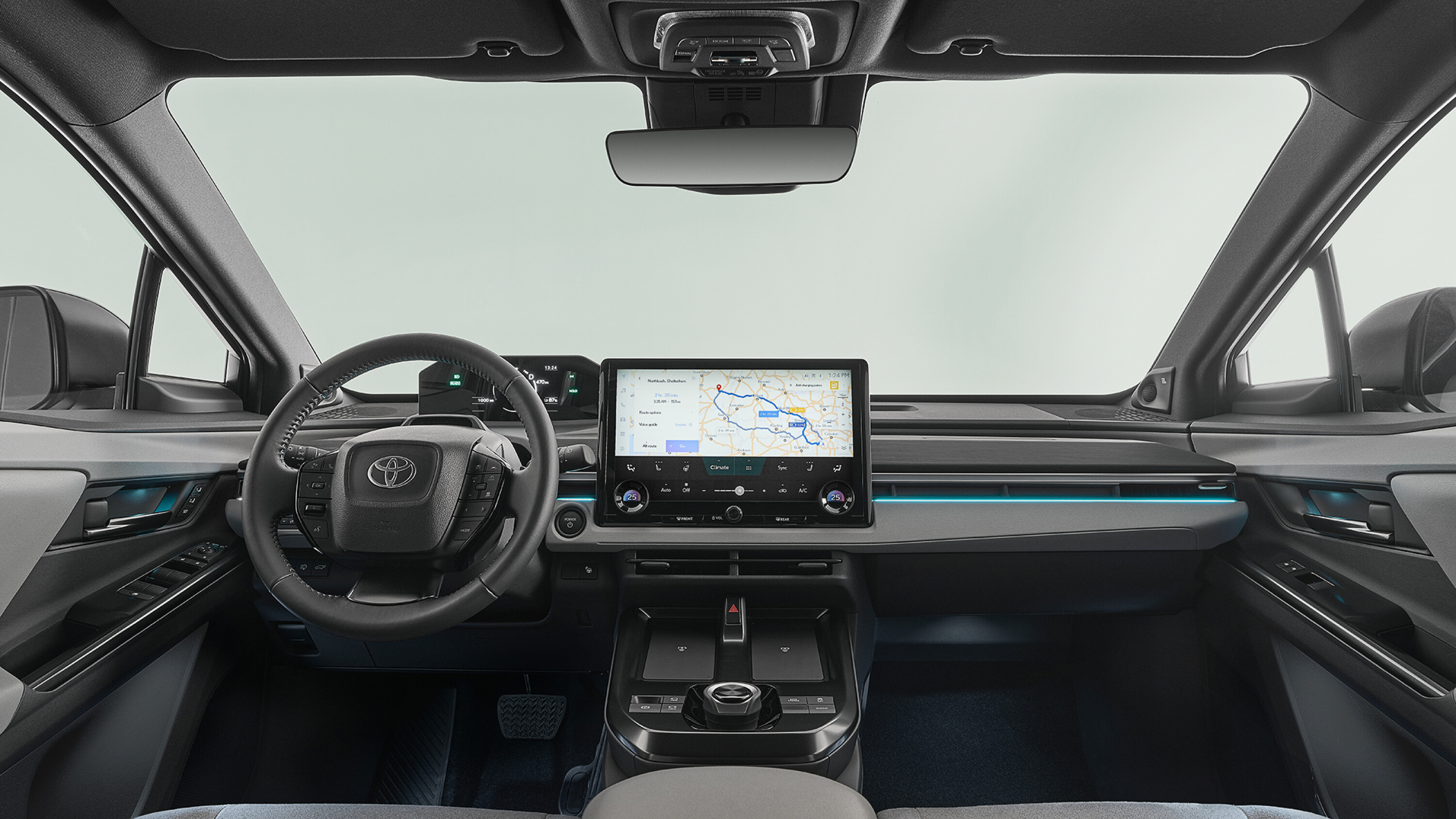
While European markets will see the C-HR+ launch in late 2025, sitting above the Urban Cruiser, Australian release details remain unconfirmed.
Toyota Australia never comments on models it has not already announced, but it’s expected the C-HR+ will be one of the two remaining Toyota EVs promised for our market. The Urban Cruiser could be the third, but something larger – like China’s BZ3X – would likely suit Toyota’s plans better.
BELOW: The regular C-HR
